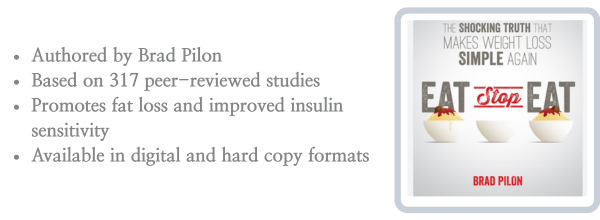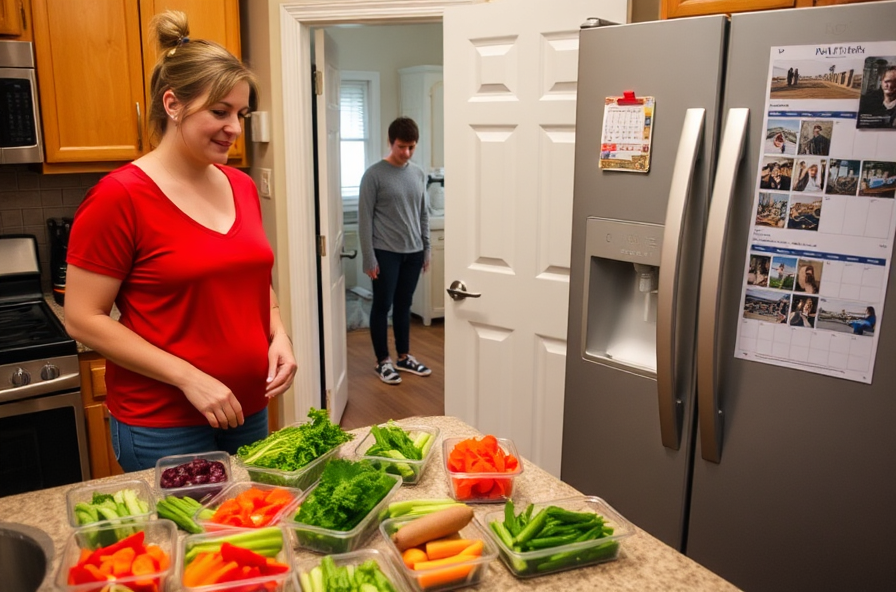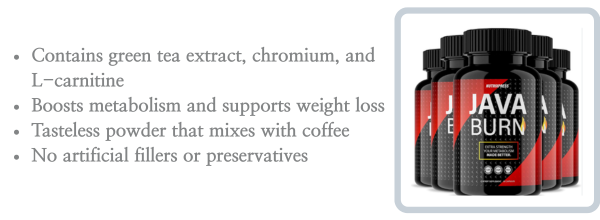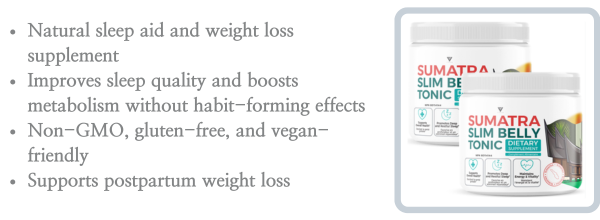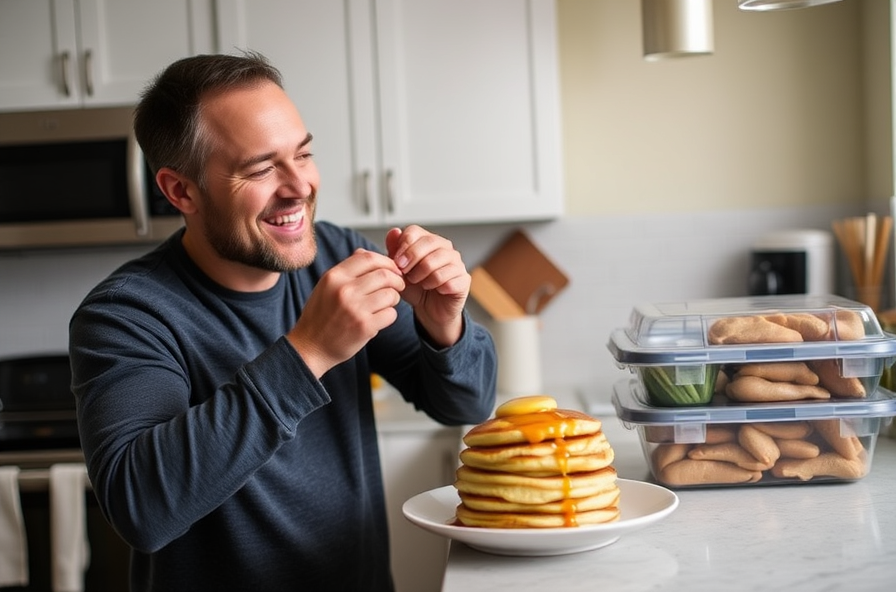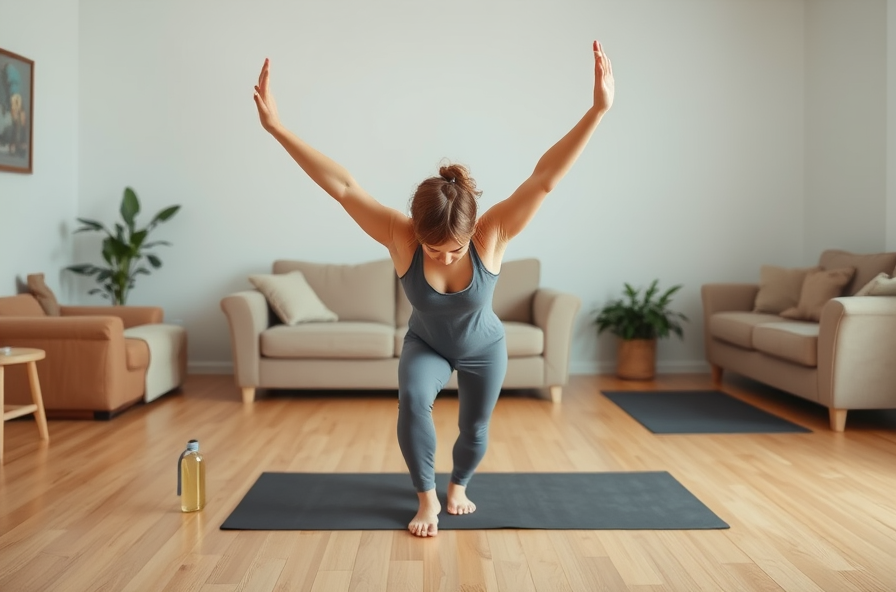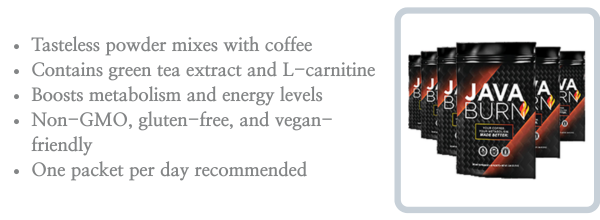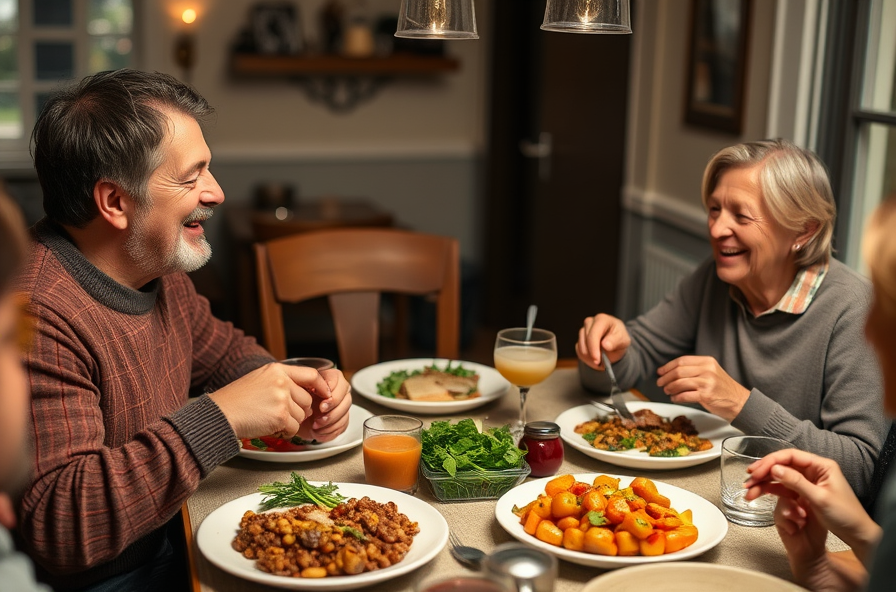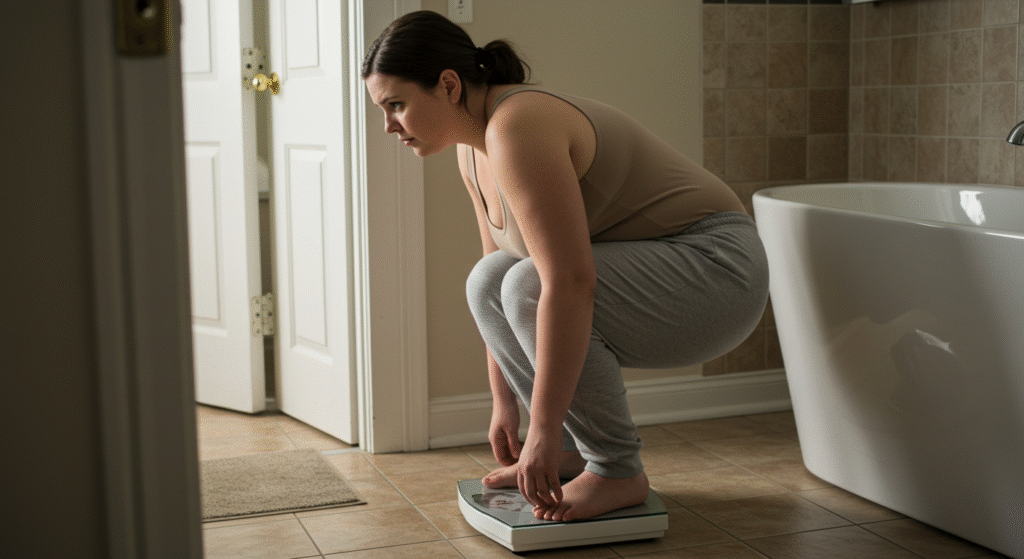
Coffee before breakfast—talk about a classic move. Tons of people look forward to that first hot cup before their day even gets rolling. But is skipping breakfast and heading straight for caffeine actually doing you any favors? Could it help you lose weight, or is it quietly messing with your system? Today I’m getting into whether that cup of joe on an empty stomach really helps, might hurt, or if you should just listen to your own gut—literally. Okay, here’s the quick rundown: This article takes on the whole debate about drinking coffee before breakfast—a surprisingly divisive little morning ritual. Some folks swear it sparks their metabolism and helps with weight loss. Others? They end up with a queasy stomach and maybe a few regrets. So, is that pre-breakfast brew a game-changer, or just another internet myth? The article digs through research, tries to balance the hype, and in the end, honestly admits that everyone’s body handles coffee a little differently. Verdict: it’s personal.

Coffee before breakfast—talk about a classic move. Tons of people look forward to that first hot cup before their day even gets rolling. But is skipping breakfast and heading straight for caffeine actually doing you any favors? Could it help you lose weight, or is it quietly messing with your system? Today I’m getting into whether that cup of joe on an empty stomach really helps, might hurt, or if you should just listen to your own gut—literally.
You know that feeling when you roll out of bed and head straight for the coffee maker—no toast, no cereal, just pure caffeine? For some of us, it’s almost a ritual. I’ve heard people say it’s practically their weight loss secret; apparently, a little jolt of black coffee first thing gets everything moving and keeps breakfast cravings at bay. Turns out, there’s some science behind this too: Healthline mentions that caffeine might help with burning fat and even shield you from things like type 2 diabetes and heart disease. Maybe that’s why it’s caught on like wildfire.
So, the theory goes something like: gulping down coffee on an empty stomach fires up your metabolism, so maybe you lose a little weight, or at least you don’t feel as hungry once it’s time for breakfast. Others just love those few quiet minutes, coffee in hand, before the chaos of the day kicks in. It’s almost like a little calm before the storm—whether or not it actually does anything special for your waistline.
But here’s where things get messy (literally, sometimes). Does drinking your coffee before eating actually help you lose weight, or does it just wind up making you feel a little off? Loseit.com brings up a legit concern: sometimes, empty stomach plus caffeine means a jump in cortisol—or you could just end up with an unhappy gut. Strange, I know, but BSW Health says it’s not “bad” for everyone, just that for some people, it sets them up for a rough morning with jitters or discomfort.
I watched a friend give this empty-stomach coffee trick a go. She wasn’t as hungry before lunch—so she’d eat less, which was the goal—but a couple hours later, she’d feel shaky, and her stomach would rebel. It’s honestly impressive how different the effects can be. If that sounds familiar, or you’re getting those weird post-coffee symptoms, eating something small alongside (a banana, a handful of nuts, whatever) might actually help. Just a small buffer seems to make a big difference—a lesson she learned the hard way.
Stepping back for a second, coffee isn’t a magic bullet for weight loss. Sure, it could help some folks manage cravings or give them a little energy. But people’s bodies aren’t one-size-fits-all, and feeling good is always a better sign than anything you read online. Try things out, see what helps. There’s no Single Best Way.
Honestly, coffee isn’t going to solve all your weight struggles—but it can be a great part of your morning if it fits your body. Some folks do fine with just coffee; others need breakfast first or even push their cup to later in the day. The important thing is noticing what actually feels good for you, not just what’s trending on social media. That’s really the only rule that matters.

Honestly, coffee isn’t going to solve all your weight struggles—but it can be a great part of your morning if it fits your body. Some folks do fine with just coffee; others need breakfast first or even push their cup to later in the day. The important thing is noticing what actually feels good for you, not just what’s trending on social media. That’s really the only rule that matters.
sources
-
Is coffee before breakfast really good or is it asking for trouble? (Healthline)
-
What really happens when you drink coffee on an empty stomach (BSW Health)
-
Coffee on an empty stomach: Does it really help with weight loss? (Loseit.com)
Today’s related searches: coffee before breakfast digestive issues, how to reduce coffee jitters morning, best time to drink coffee weight loss, coffee empty stomach acid reflux tips, pairing breakfast with coffee benefits
[intro_box]

